Amazônia – Science Museum, London
A review of Amazônia, an exhibition of photography on now at the Science Museum. As vast and varied as the Amazon itself, with a Climate Emergency warning to boot.
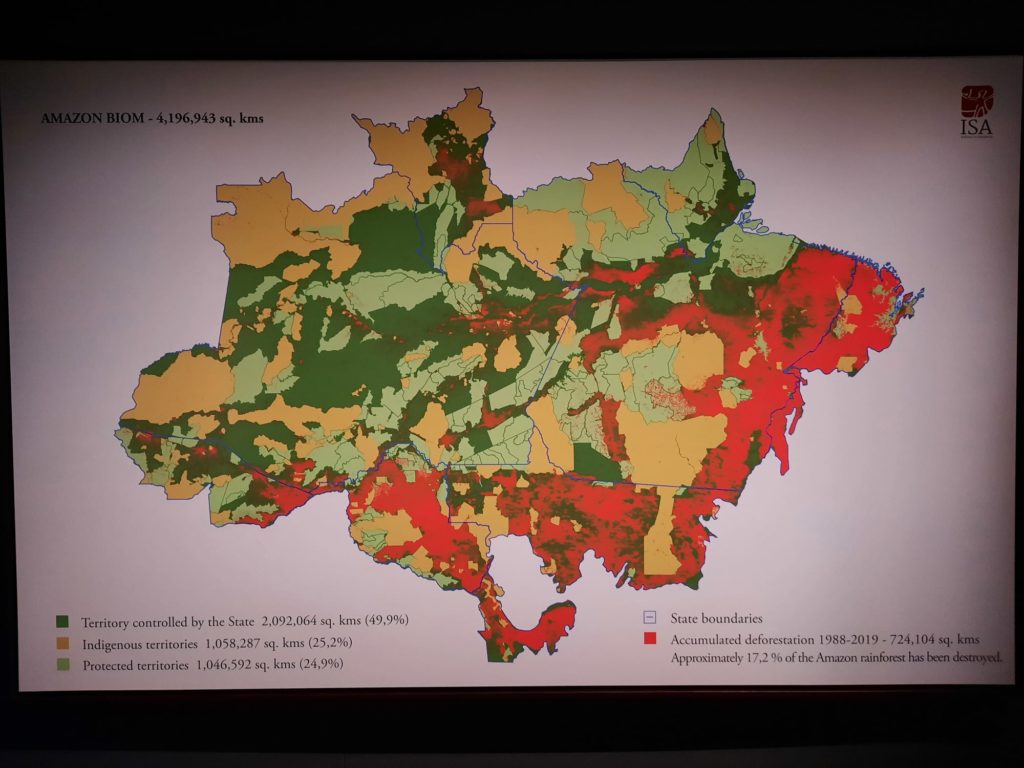
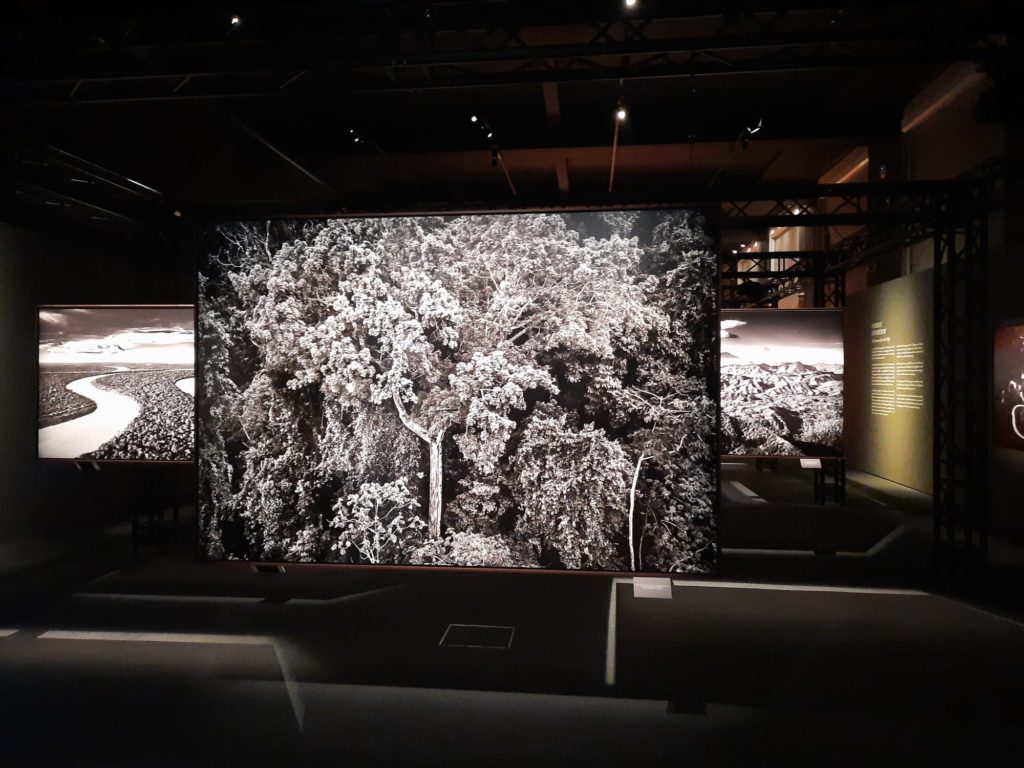
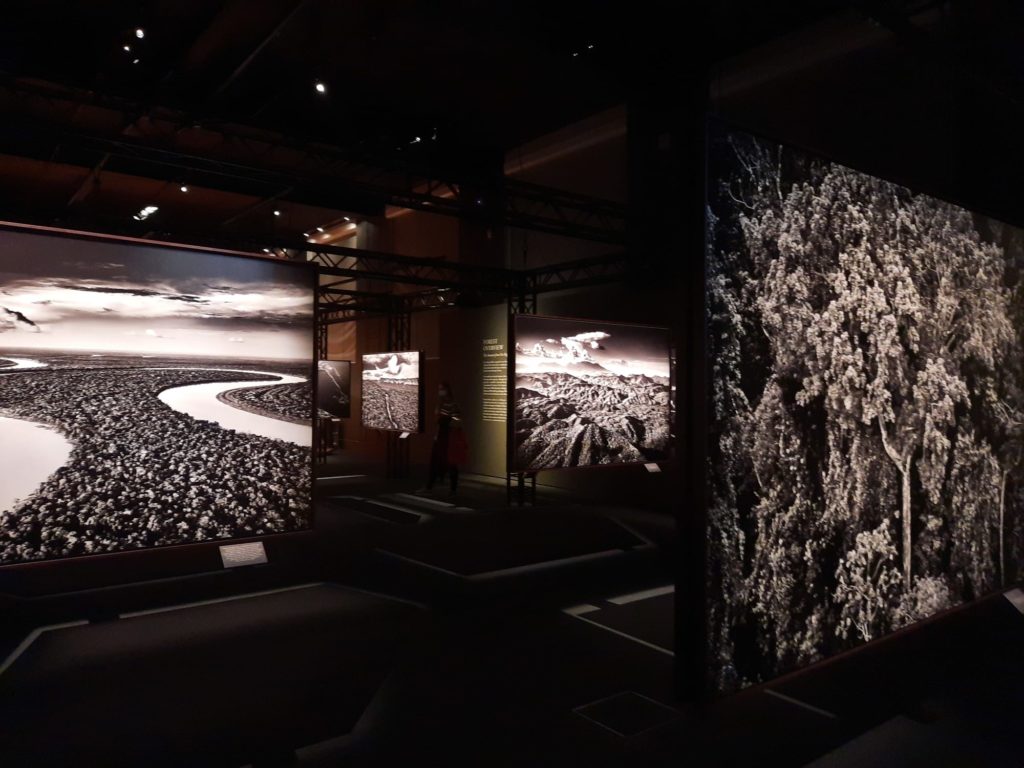
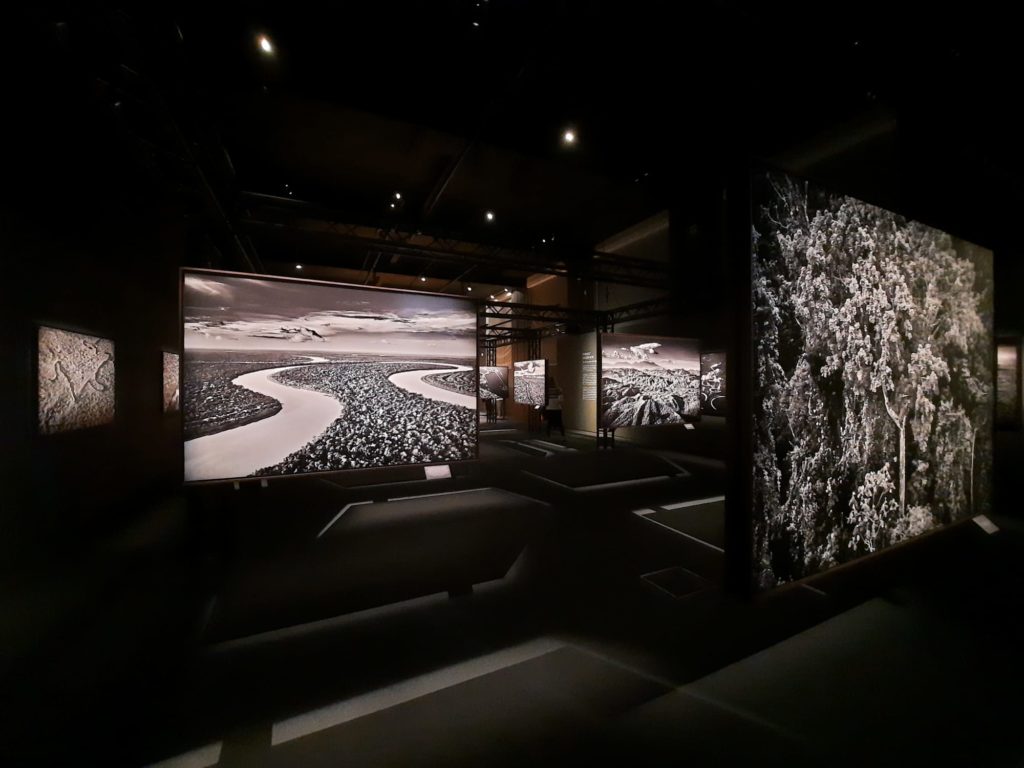

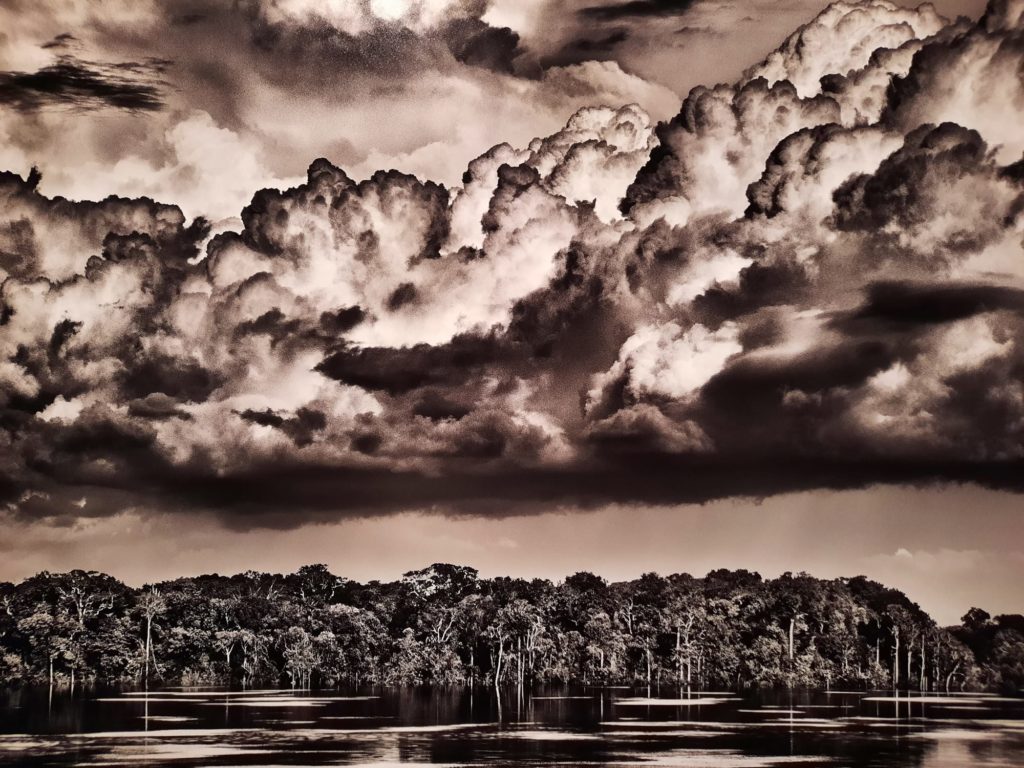
Amazônia
Maybe, just maybe, I will be going to the (Peruvian) Amazon myself in a couple of months, on a long-awaited trip. So when I saw an exhibition about the Amazon was on at the Science Museum, I felt it was a good opportunity to continue the remote exploration of this region which I began with Claudia Andujar: The Yanomami Struggle and Awavena, both at the Barbican.
The Amazon is a vast and of course very complex place. It’s a river. A rainforest. It straddles multiple South American countries. Many indigenous groups live within it. It’s crucial to the climate. Inside it are untold numbers of flora and fauna species the Western world is completely unaware of.
Photographer Sebastião Salgado has photographed the Amazon region over a number of years, working with different indigenous communities. A selection of his black and white images have been curated into Amazônia, on view now at London’s Science Museum. Intriguingly, the exhibition also features a soundtrack by Jean-Michel Jarre. The London stop is part of a world tour which includes Paris (prior to London), Rome, São Paolo, Rio de Janiero, and Manchester. Let’s take a closer look now at what’s currently on view in London.
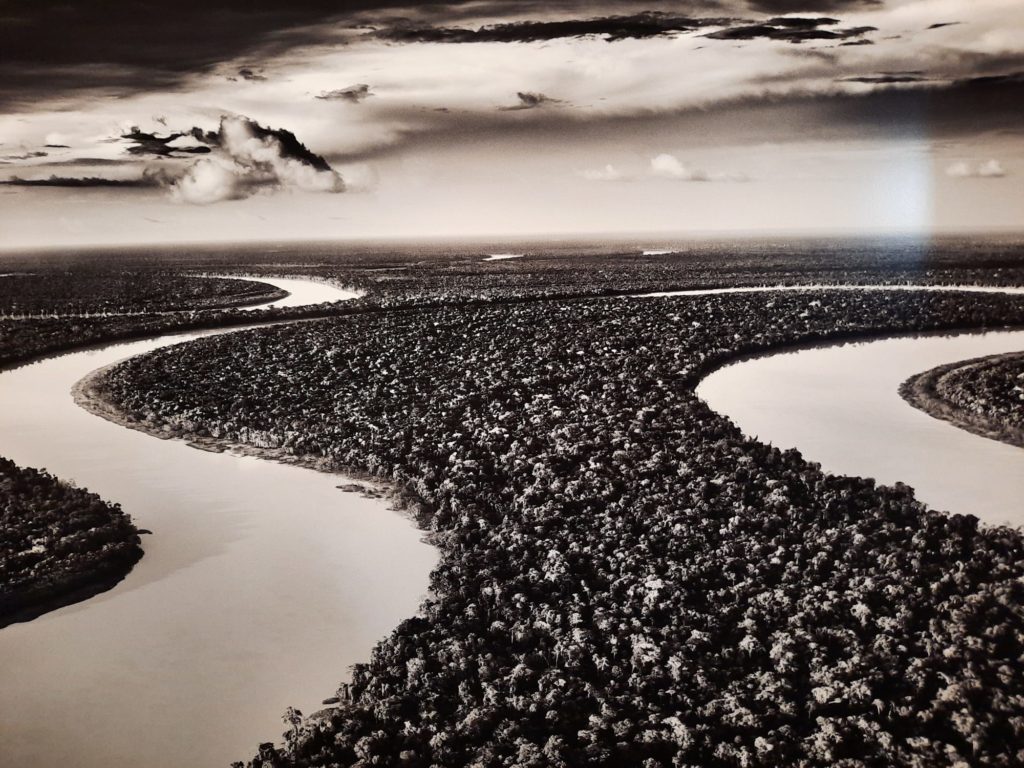
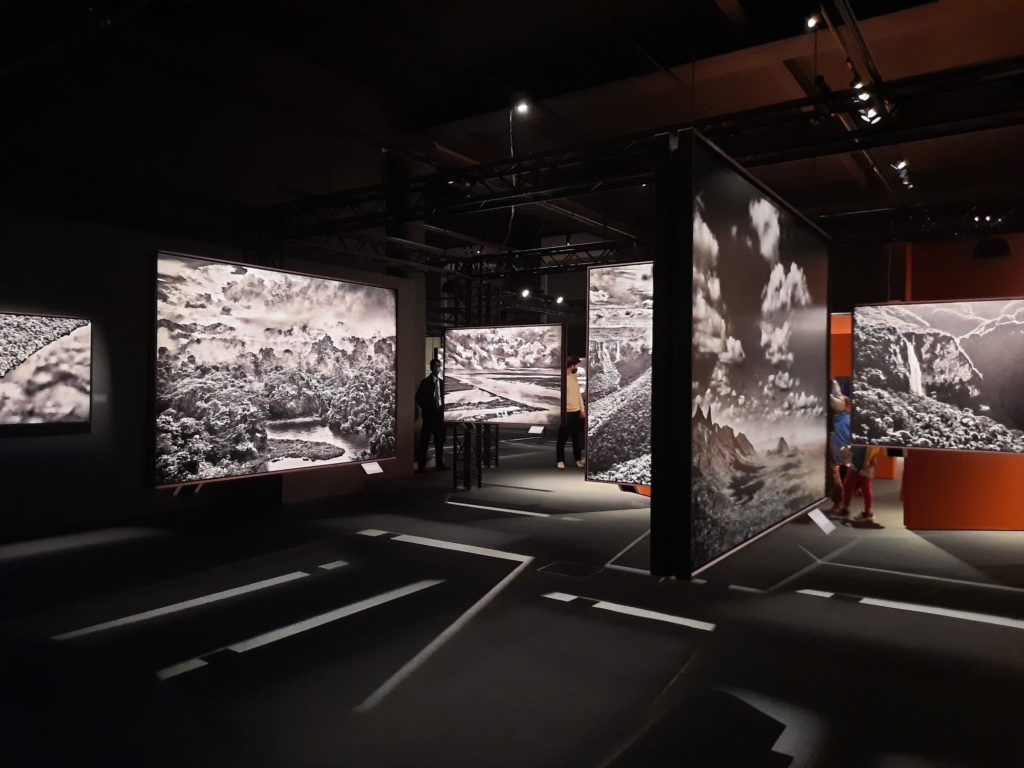
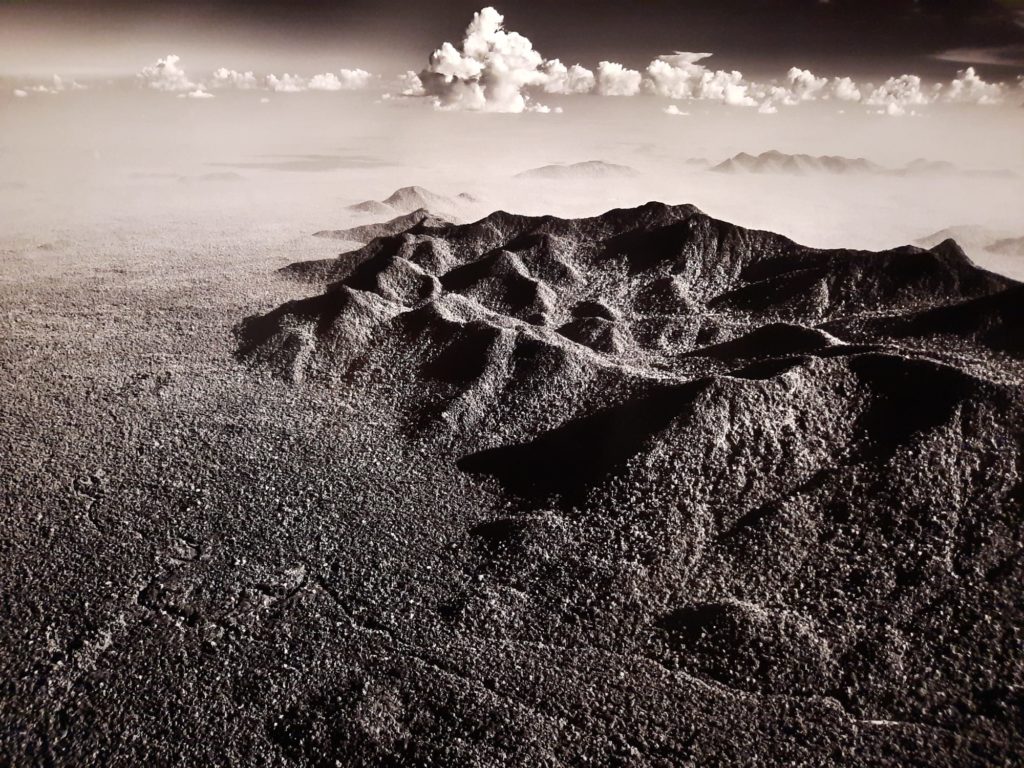


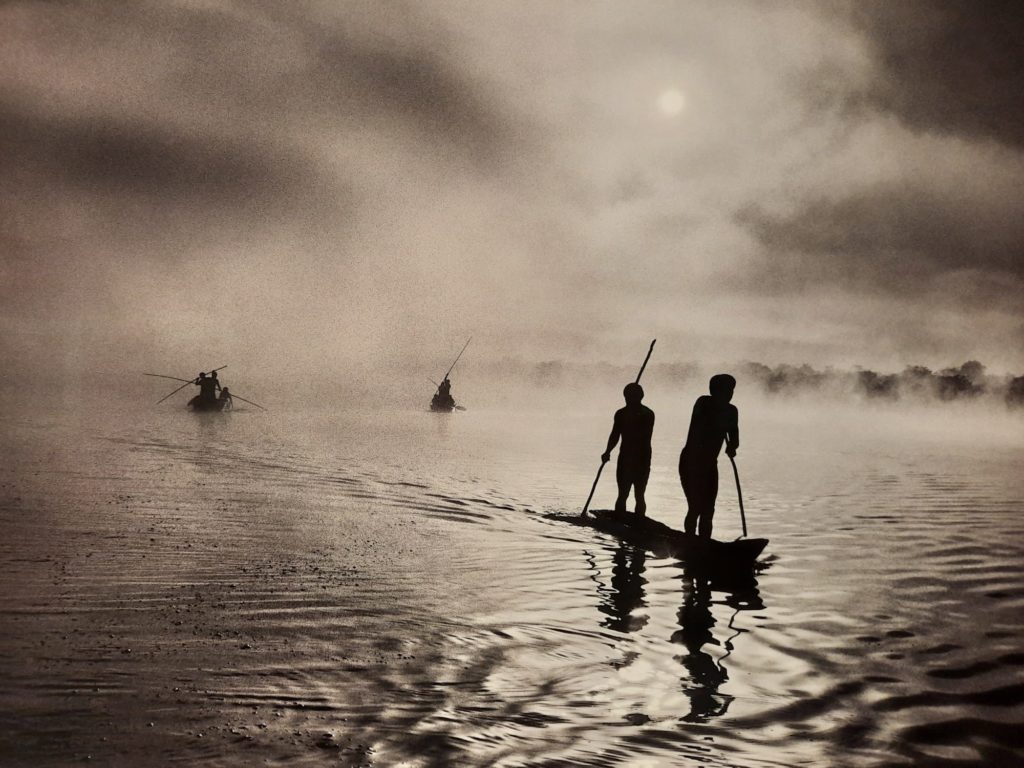
Images by Sebastião Salgado
So let’s start with a bit more about photographer Sebastião Salgado. He is a Brazilian documentary photographer and journalist. He’s also a UNICEF Goodwill Ambassador and has many other honours to his name. He began his photography career in an interesting way, while working as an economist for the International Coffee Organization in the 1970s. Since the 1990s he has had his own agency, Amazonas Images, to represent his work.
And what interesting work it is! The photographs in Amazônia fall broadly into two categories. There are landscapes, and there are images of indigenous communities, people and ways of life. All the images are shot in black and white. And the presentation is very similar to Claudia Andujar: The Yanomami Struggle. Large prints are hung on walls and wires at eye level. This makes them very immediate, and also means you can see the detail close up. Which for subject matter like this is very important.
I loved both categories of photograph. The landscapes are moody, with strong lines and a wonderful eye for composition. Each of them is beautiful. And together they demonstrate the enormous diversity of the Amazon. Equally diverse are the images of many different people and communities. Unlike the earlier exhibition I saw at the Barbican there is not the same overt consideration for how these groups might understand and respond to photographs of themselves. I tried more or less to stick to reproducing the more abstract ones in this blog. But the exhibition undoubtedly raises questions about different worldviews like these, and of nudity and minors in art and photographs, without directly addressing them.


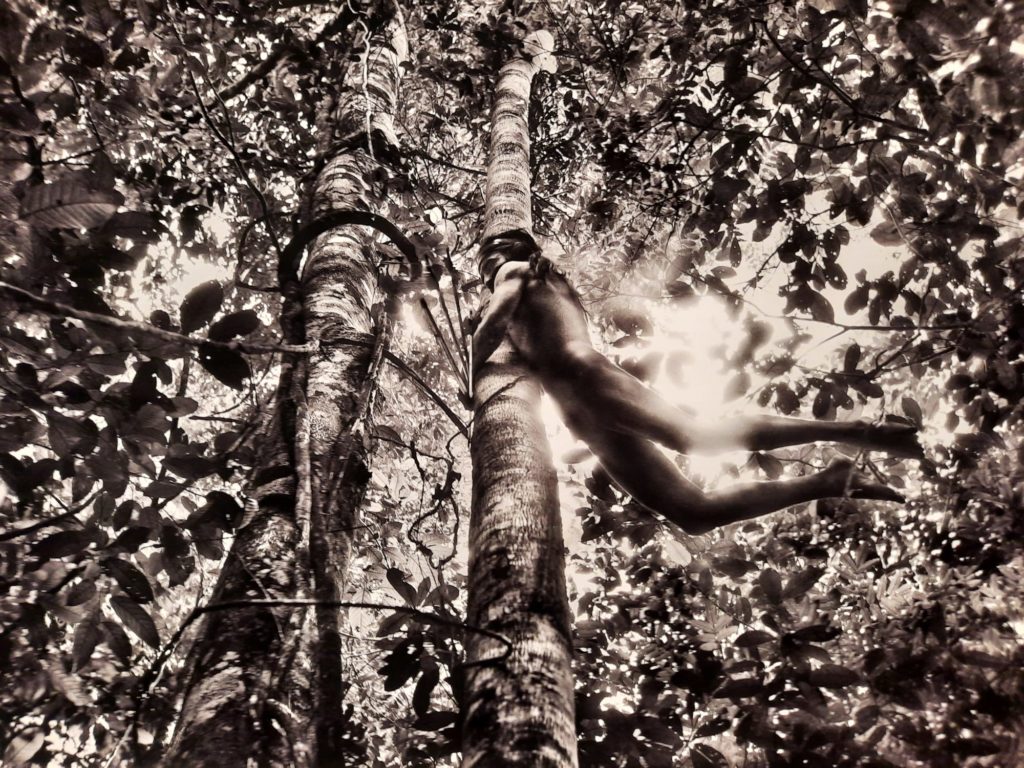
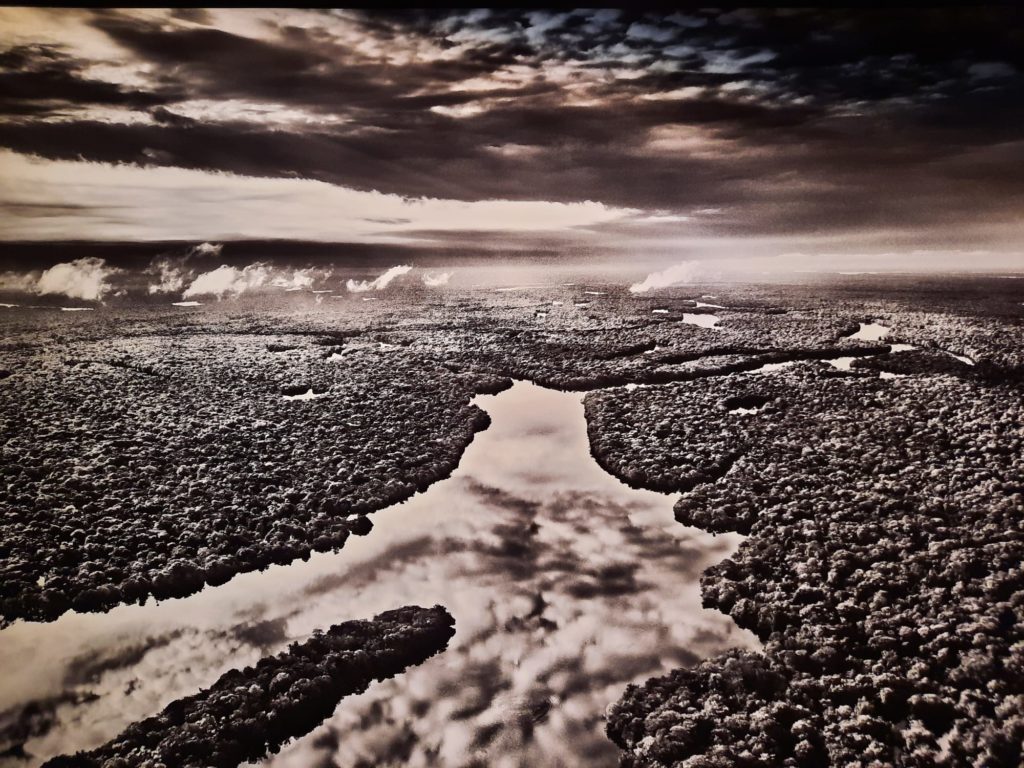
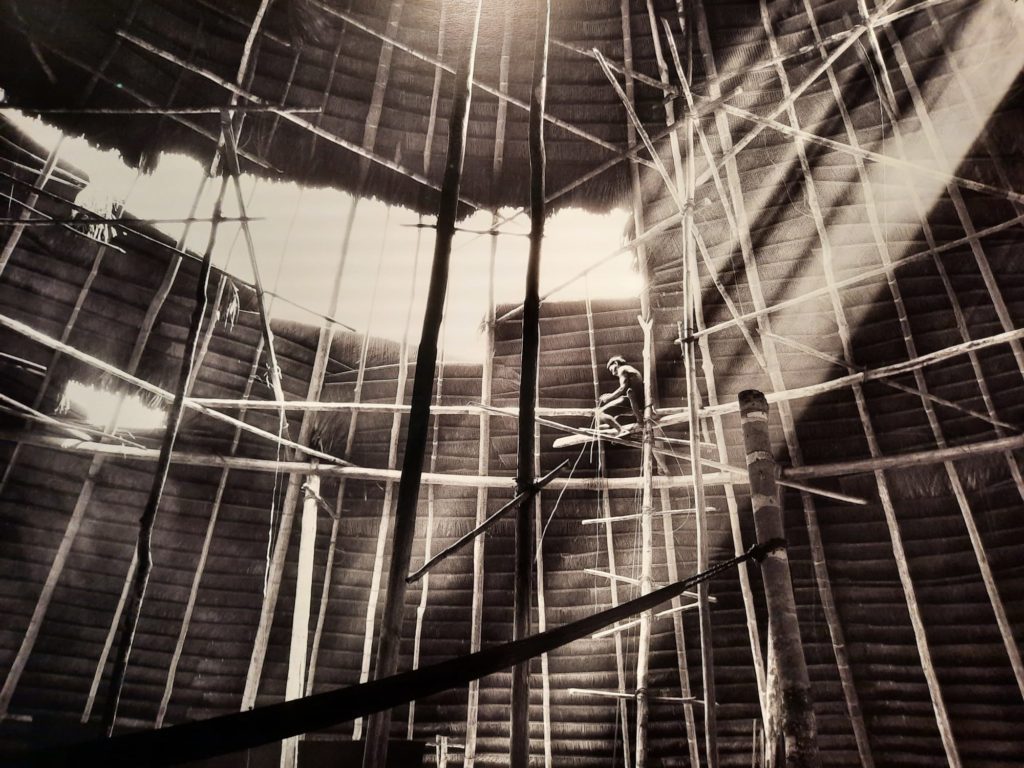
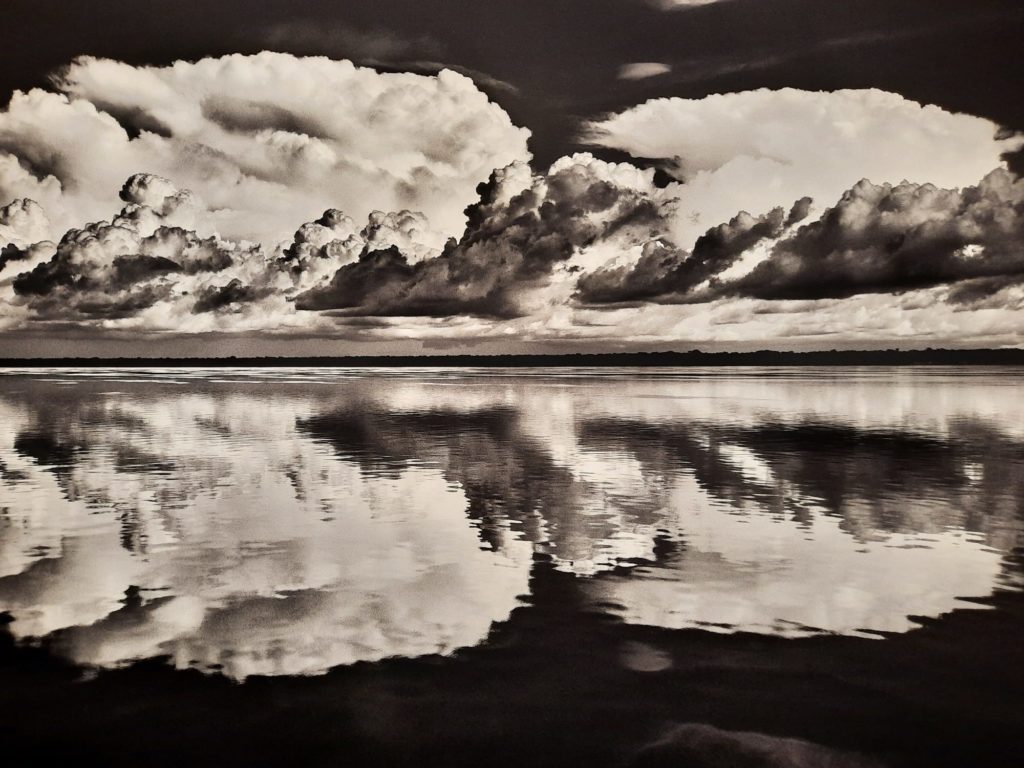
An Amazon-Sized Exhibition
Because each image is so fascinating and deserves so much careful attention, one of the challenges for me was the sheer scale of the exhibition. It’s big. And the layout of the Science Museum space doesn’t make this immediately apparent. I started by very carefully looking at each image, reading the labels and considering the sections as a whole. By the end, I was taking in glimpses rather than details, wasn’t reading much, and was horrified when I turned a corner and found a whole section I hadn’t realised was there. Set aside around two hours to do it properly.
The thing though about creating an exhibition at scale is that Amazônia does cover a lot of ground, literally and figuratively. There are sections on all different types of landscapes. Lots of information about dangers from the Climate Emergency and phenomena like ‘flying rivers‘. I am naturally more of a Climate Emergency avoider because it’s scary, but I learned a lot and appreciated how this angle tied it to the mission of the Science Museum.
Another aspect I really enjoyed in Amazônia was the distinction in how landscapes are presented versus images of people and communities. The former are hung as I described earlier, in an engaging but fairly standard way. The latter are presented in orange oval structures which recall, without recreating, the types of communal buildings common in Amazon indigenous communities. It’s a simple yet effective way to draw this distinction. It also makes the exhibition more engaging and provides moments of rest as there is more seating inside these structures than outside them.
So overall the exhibition would have been more manageable at a smaller scale, and each image would have made more of an impact on me. Yet at the same time I recognise the benefits this scaled-up size provided.






Soundscape by Jean-Michel Jarre
So the other aspect to this exhibition, as I mentioned earlier, is a soundtrack by Jean-Michel Jarre. Known as an electronic pioneer, I was interested to see what Jarre’s contribution added to Amazônia. Jarre has composed and recorded a 52 minute soundtrack. It blends instruments (physical and electronic) with recorded sounds – forest sounds and animals etc.
I found it an interesting addition. Alongside the large-scale landscapes and ‘buildings’, it helps bring the exhibition to life. 52 minutes is long enough that you’re not likely to notice any repetition. And it’s unobtrusive, so I noticed I was switching between consciously listening, and letting it fade into the background.
So overall Amazônia is enjoyable, if verging on overwhelming just due to size. I felt inspired by what I saw – the photographic skill as well as the wide range of environments and human experiences represented. I will (hopefully) head to the Amazon in a couple of months with a better understanding of this very special place. As well as just how fragile it is in the context of the Climate Emergency and reducing official protections.
Salterton Arts Review’s rating: 3.5/5
Amazônia on until 20 March 2022
If you see this after your page is loaded completely, leafletJS files are missing.


One thought on “Amazônia – Science Museum, London”